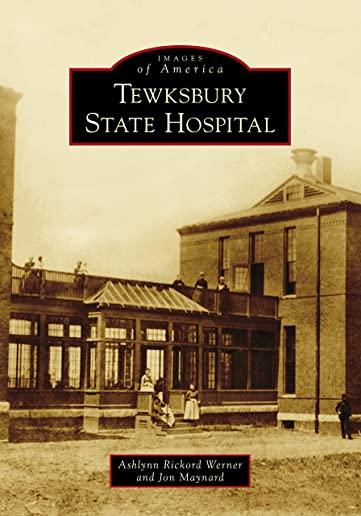
description
9Opened on May 1, 1854, the State Almshouse at Tewksbury was a venture by the Commonwealth of Massachusetts to provide economical care for state paupers. Originally intended to accommodate 500 residents, by the end of 1854 the almshouse had admitted well over 2,200 paupers, thus necessitating future expansion. Although the virtue of the institution was called into question in 1883 by Gov. Benjamin Butler, who decried Supt. Thomas J. Marsh, the almshouse would continue to serve the destitute of the commonwealth for years to come. The name would later be changed to Tewksbury State Hospital to reflect the inclusion of the mentally ill, the sick, and those suffering from infectious disease as patients. Today, the hospital remains operational in providing specialized care in the Thomas J. Saunders Building while also serving as host to various governmental agencies and community organizations like the Public Health Museum on its historic campus. Although many of the early structures were demolished in the 1970s, the Tewksbury State Hospital remains an active institution brimming with architectural beauty and a rich public health history.
member goods
No member items were found under this heading.
Return Policy
All sales are final
Shipping
No special shipping considerations available.
Shipping fees determined at checkout.







